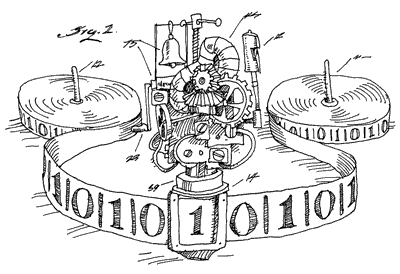Proposal
- Due: 02/20 – 03/15
Description
First and foremost, please note that the proposal is not a document that represents your complete and polished understanding about the output of your research project. Instead, the proposal demonstrates (to me) how you have carefully considered your object of study and what steps you intend to take to analyze the rhetorical relationships.
The proposal should include the following sections:
- Description of the research problem and question(s): This description should include reasons why you decided to conduct your study on the particular technology. Typically, this starts with a small, but potent, powerful sense regarding some felt problem. Overall, remember that the goal of the this project is to develop a social-technological consciousness about your mediated activity using a particular networked tech.
- Synthesis of currently applicable scholarship: This section should integrate ideas from our readings in phase 1 of the course that help you elaborate on your “felt problem” discussed in the first section. Your job is not to include everything, but key concepts that help you elaborate on the research problem that you are attempting to construct and address with this project.
- Secondary research plan: In this section, you will craft a secondary research plan, which will help you develop 2 main things. The first is required of all students; the second only of PhD students. First, you must conduct preliminary social-historical research surrounding your particular technology. This research builds connections between your technology’s technical design and social-rhetorical motives, i.e., the infrastructural dimensions of your tech. PhD students must also develop a plan to build on their preliminary methodology with carefully selected scholarship that builds on previously read material from the course. Overall, this section will help you jump start your analytical work.
- Data collection methods: In this section, you will discuss autoethnographic methods and how they will help you engage this particular rhetorical problem. You will use this section to choose between an evocative, analytical, or ground-theory autoethnography (Pace, 2012). This decision ultimately helps you consider the finished form of your paper and its goals.
- A timeline for tasks during the project: In this section, you will “sketch out” how you will carve out particular times during the week to conduct your project. It’s absolutely vital for you to create a set of habits to write fieldnotes and memos consistently, since these texts become important means to develop your final project.
Rubric
- Includes all of the elements described above.
- Demonstrates carefully crafted and thoughtful research problem and plan for the remainder of the semester.
